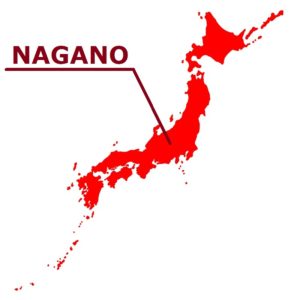
The best thing among “Tsumago-juku” is its row of houses. The beautiful streets of the Edo period are said to be “living museums”. People of Tsumago make the three principles of “not selling”, “do not lend”, “do not break” house or land to protect the cityscape. While living here, people tell the valuable assets of the Edo era to posterity.
There are places where the road turns at right angles in the castle town and the post office town. This is said to be “Masugata”. “Masugata” is a way to bend the road twice at a right angle to prepare for the entry of a foreign enemy.
Going north from Masugata, it is a chain of merchant houses that can be said to be the highlight of the post office town. Sweet dishes and soba shops that leave the atmosphere of the Edo era are lining up and welcoming tourists. It might be fun to ask the shopkeeper to talk about Tsumago-juku at the time. It seems like the flowers decorated casually by the eaves are also welcoming travelers.
In February, a fantastic “Kisoji Road ice and snow light festival” that illuminates the townscape with candles will be held throughout Kisoji Road including Tsumago. Other Tsumago-juku events include “Tsumago Flower Festival” in May, “Wachino Shrine festival” in July, “Tsumago-juku fire festival” in August, “Procession of Bunka Bunsei Fuzoku Emaki “(picture scrolls of customs in the Bunka-Bunsei eras) in November. It is recommended to go sightseeing at these times.
Popular tourist resorts with many tourists
“Nakasen-do Road” is an old road connecting Edo’s Nihonbashi and the Sanjo Ohashi in Kyoto. Especially, the “Tsumago-juku” of Nagiso-cho, Nagano and the “Magome-juku” of Nakatsugawa-shi, Gifu are popular tourist resorts with many tourists from overseas as the post town leaving the atmosphere from the Edo period.
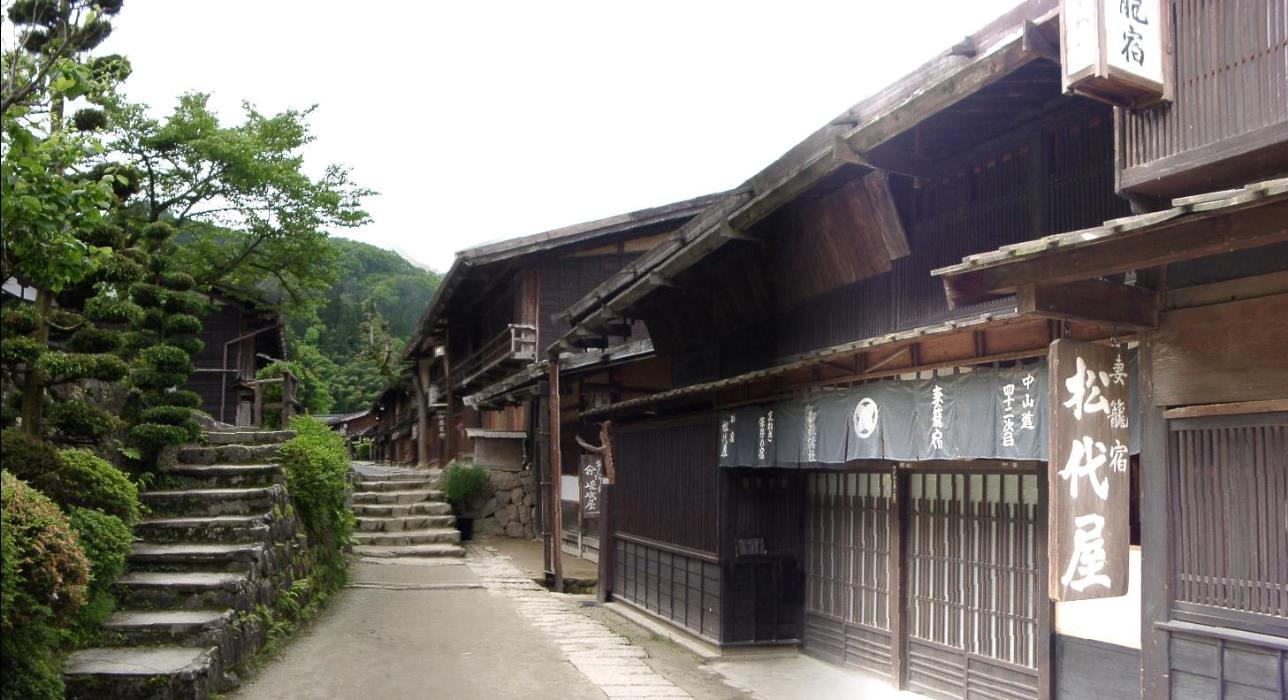
Connecting Nihonbashi of Edo and Kyoto
Nakasen-do Road is one of the highways established as five land transportation routes (Tokai-do Road, Nikko Kaido Road, Oshu Kaido Road, Nakasen-do, Koshu Kaido Road) starting from the Nihonbashi in Edo (present Tokyo) in the Edo period. It is the road of approxmately 540 km which connects Tokaido at the Omikusatsu-juku (present Kusatsu city of Shiga prefecture) from Nihonbashi to other countries and Kyoto. There are sixty nine post towns on the way while traveling.
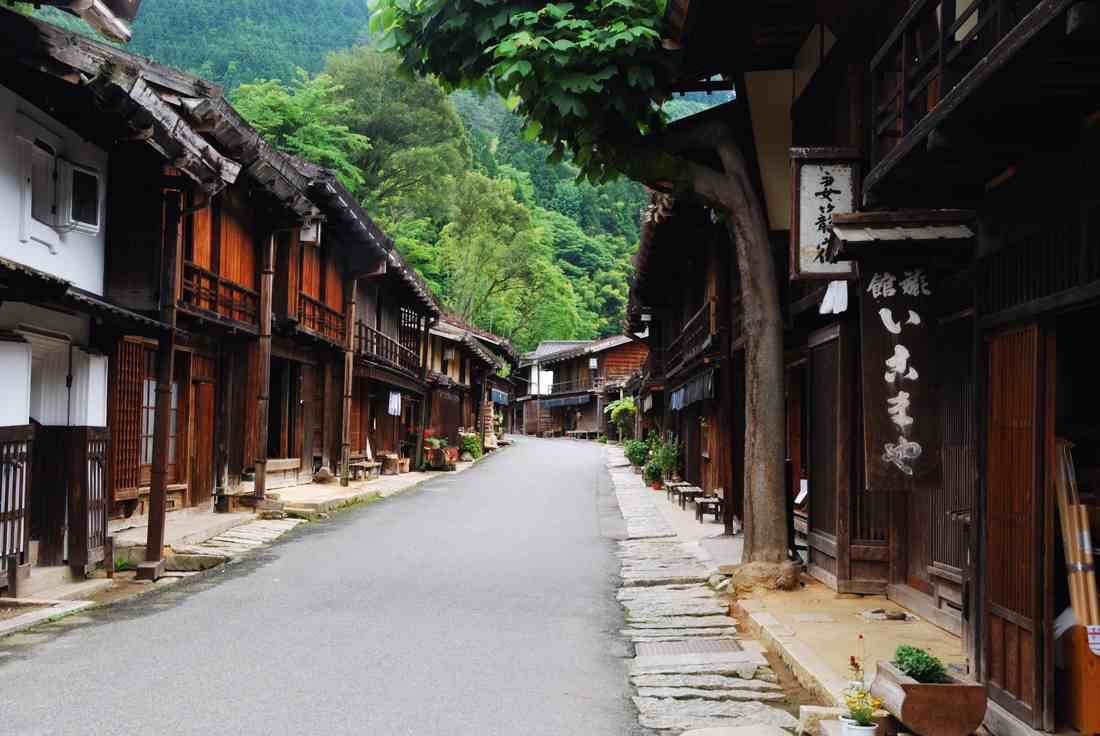
Still leaves the rows of houses of the Edo period
Tsumago-juku is currently located in Nagisomachi, Kiso-gun, Nagano Prefecture, and still leaves the rows of houses of the Edo period. It is the place about 10 minutes by bus from Nangiso Station of JR Chuo Line.
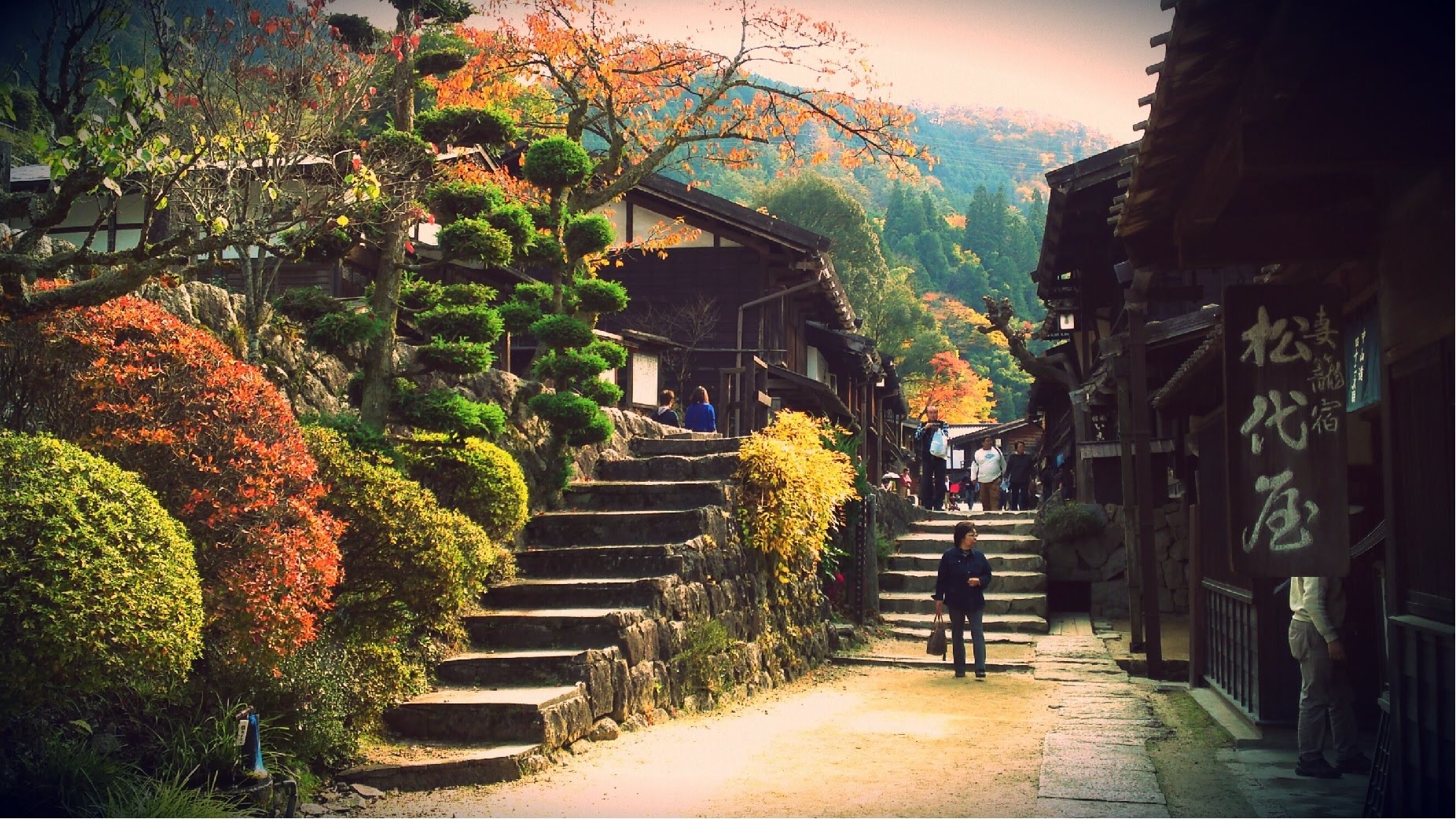
Feel atmosphere being wrapped with a spectacle time-slipped to the Edo period
Tsumago-juku is the forty-second post town in Nakasen-do Road. Even now it retains the landscape at that time and was designated as the first Preservation District for Groups of Historic Buildings in Japan. Taking a leisurely stroll through the town of Tsumago-juku, you can feel the atmosphere being wrapped with a spectacle time-slipped to the Edo period.
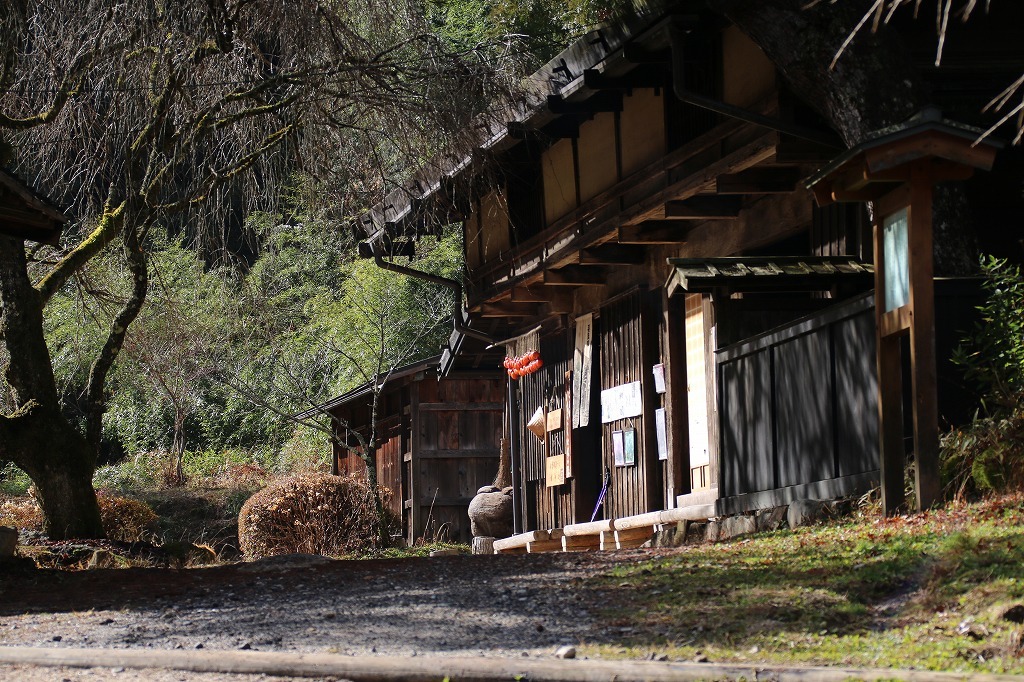
Designated as a National Important Cultural Property
The “Wakihonjin Okuya”, which designated as a National Important Cultural Property, is the house that served as a wholesaler and a Wakihonjin (a subsidiary inn used by a daimyo’s attendants during the period of Japan’s military ascendancy) from age to age. The current building was built in the Meiji era, using plenty of banned cypress until then. You can see the majestic building. Today, in addition to Wakihonjin Okuya, it is open as the museum composed of three buildings, Honjin which has been restored based on the drawing during the latter period of the Edo period, and the library.
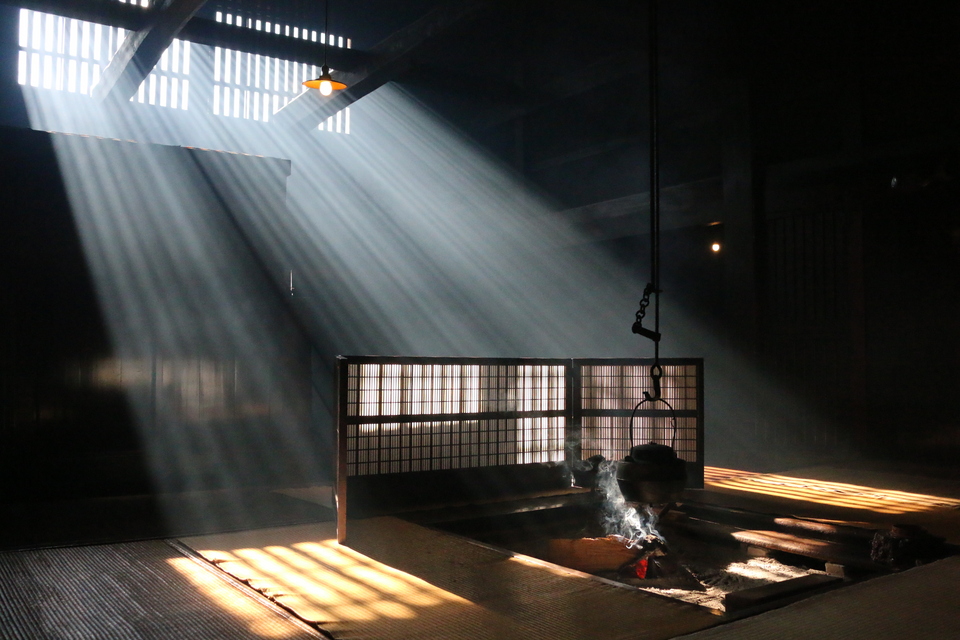
Information(Access, Price/Charge, Tel, Address, Official site, etc.)
| Name: | Tsumago-juku |
| Address: | Azuma 2159-2 Kisogun Nagisomachi, Nagano 399-5302 Japan |
| Access: | JR Chuo-honsen Line “Minami Kiso-eki Station” (10 minutes by car) |
| Tel: | (+81) 264-57-3123 (Tsumago-juku Tourism Association) |
| Price: | Free |
| Official site: | http://www.tumago.jp/ |
Leave a Reply